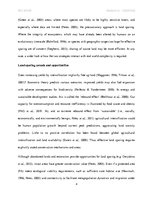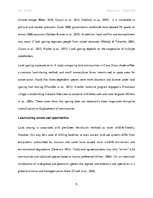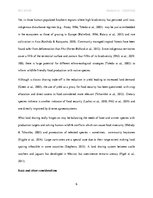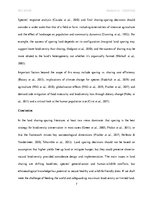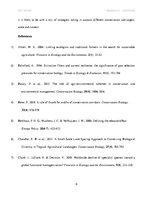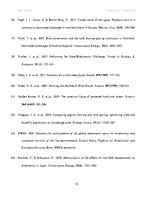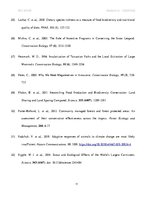-
The Land Sharing vs. Sparing Debate
For example, the success of sparing land depends on its configuration (marginal land sparing may support lower biodiversity than sharing; Hodgson et al., 2010), and the success of sharing may be more related to the land’s heterogeneity not whether it’s organically farmed (Weibull et al., 2003).
Important factors beyond the scope of this essay include sparing vs. sharing cost efficiency (Batary et al., 2015), implications of climate change for species (Radchuk et al., 2019) and agriculture (FAO et al., 2018), globalisation effects (FAO et al., 2019; Fischer et al., 2017) and demand side mitigation of food insecurity and biodiversity loss through dietary change (Foley et al., 2011) and a critical look at the human population size (Crist et al., 2017).
Conclusion
In the land sharing-sparing literature, at least two views dominate: that sparing is the best strategy for biodiversity conservation in most cases (Green et al., 2005; Phalan et al., 2011), or that the framework misses key socioecological dimensions (Fischer et al., 2017; Perfecto & Vandermeer, 2010; Tcharntke et al., 2012). Land sparing decisions should not be based on assumption that higher yields free up land or mitigate hunger, but they could preserve close-to-natural biodiversity provided considerate design and implementation. The main issues in land sharing are shifting baselines, species’ generalisation and human-wildlife conflicts, but ethnoecological knowledge has potential to secure healthy and wildlife-friendly diets. If we shall meet the challenge of feeding the world and safeguarding maximum biodiversity on limited land, it is likely to be with a mix of strategies, taking in account different conservation sub-targets, scale and context.
…
Land-use strategies that secure food and biodiversity for future generations are needed. Here, the land sharing-sparing framework by Green et al. (2005), which has ignited years of debate and research, is reviewed, and applications evaluated.




